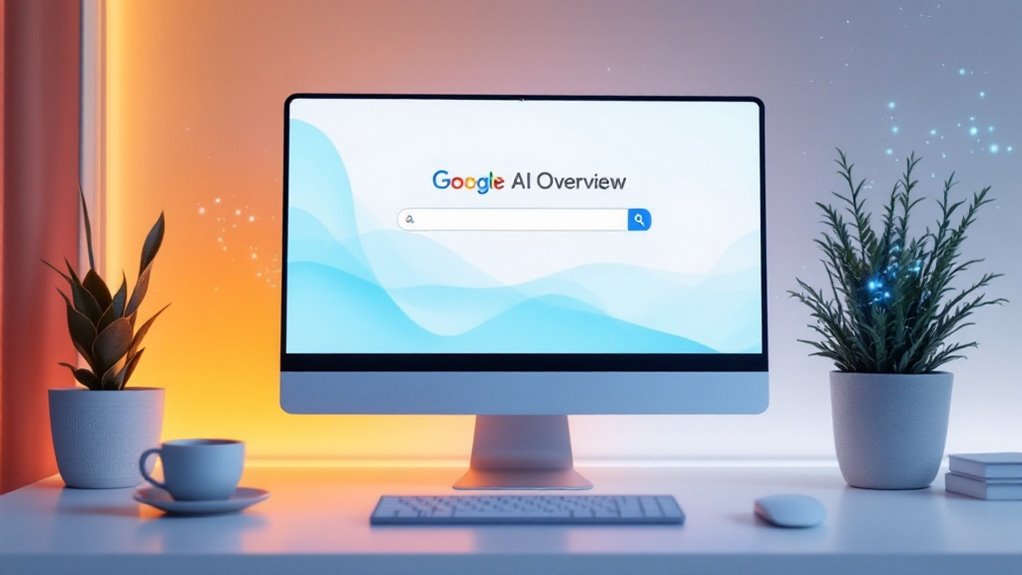Tavily is an AI-powered search engine built for autonomous agents—think robot coworkers or software that’s smarter than your average goldfish meme collector. It slurps real-time data from up to 20 reputable sources, zeroing in on factual, unbiased answers (because nobody needs another search rabbit hole). Developers love the customizable API and time-saving tricks, while businesses rely on Tavily for market research, competitive analysis, and ditching the endless tab shuffle. Stick around—there’s more to this digital brainiac than meets the eye.
Even in a world utterly drowning in search engines—seriously, how many more tabs does one person need?—Tavily manages to stand out, and not just by having a name that sounds like your next favorite tech startup or a new indie band.
Tavily stands out in a sea of search engines, bringing fresh energy—and maybe your next tech obsession—to the table.
Tavily isn’t made for your average late-night Wikipedia rabbit hole; it’s engineered for the new breed of digital worker bees: large language models and autonomous AI agents that, frankly, don’t have time for clickbait or SEO traps. [Tavily is the first search engine optimized specifically for AI agents, making it uniquely capable of providing efficient, quick, and persistent search results for modern autonomous systems.]
So, what’s under Tavily’s hood? For starters, it’s laser-focused on real-time, unbiased, and factual information. No, it can’t stop your uncle from forwarding conspiracy theories, but it *can* guarantee AI agents get answers pulled from multiple, reputable sources—up to 20 at a time, actually.
Tavily’s search API aggregates, scores, and ranks results using proprietary AI, so machines (and, by extension, their creators) get contextually relevant, up-to-the-minute data.
Customization is kind of Tavily’s thing. Want to filter by time range? Specify which domains to include or avoid? Adjust search depth or topic? Go wild—Tavily’s flexible API parameters are basically the Swiss Army knife of AI querying. Tavily also provides citations for all retrieved information, ensuring the accuracy and verifiability of data for every query you make.
And for developers who like to play before they pay, there’s even an API playground, open access, no credit card required. Insert your own “free trial” joke here.
Let’s talk features. Tavily offers:
- *Intelligent query suggestions* (for when your AI agent is feeling stuck)
- *Comprehensive source citations* (transparency: it’s not just for politicians)
- *Real-time data aggregation* (because “yesterday’s news” is so last year)
- *Generous pricing plans* (testing limits included)
Tavily fits right in with AI dev frameworks like LangChain, scaling to handle whatever massive project you throw its way.
Businesses use it for market research, competitive analysis, and making data-driven decisions, all while improving user engagement (and hopefully, not driving anyone to open yet another tab).
In short, Tavily isn’t just another search engine. It’s an *AI-first*, developer-friendly, real-time research sidekick for the agents who—unlike us—never need a coffee break.









